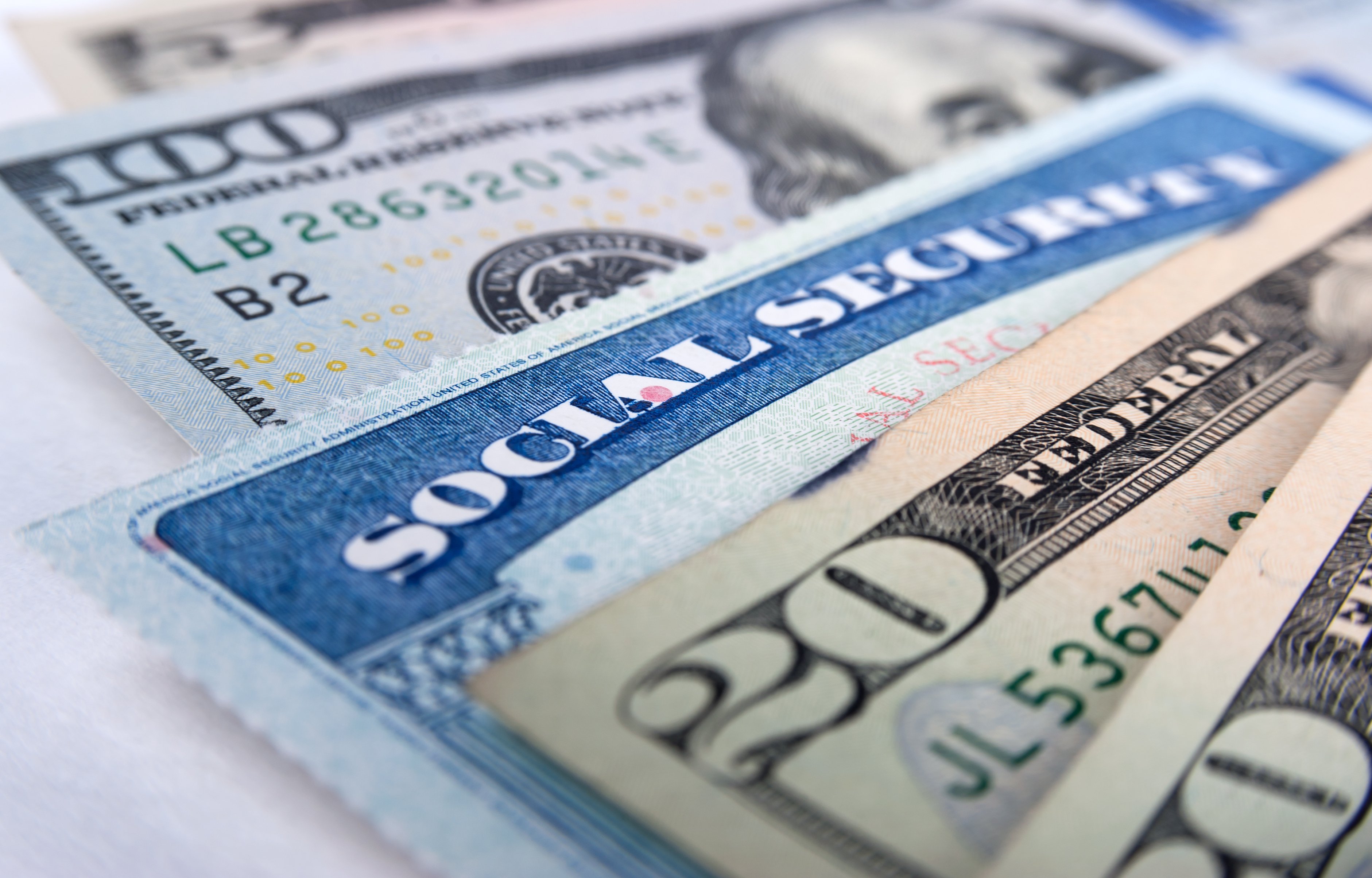When the Great Recession crashed down on us, the Federal Reserve dropped interest rates to historic lows in an attempt to jump-start the economy. Fast-forward to today, and the U.S. economy -- and the stock market -- are chugging along. So, the Fed is now raising interest rates to keep that growth in check and prevent runaway inflation. But interest rate changes don't affect just the broader economy. The average consumer feels them, too.
In December, the Federal Reserve raised the Federal Funds Rate to 1.5% -- its highest level since late 2008. Let's go over what that means for the economy and for you as an individual.
The Federal Reserve and interest rates
The Federal Reserve uses interest rates to try to control how the economy grows or shrinks. The lower interest rates get, the cheaper it is to borrow money, which tends to make the economy grow: Businesses can borrow more money to expand their operations and stock lots of inventory, while consumers use their now-cheap credit to make purchases that they might otherwise have skipped. On the other hand, when the economy starts growing at a rate that worries the Fed, it will start raising interest rates to slow everything back down.
So how do interest rate hikes affect everyday Americans?

Image source: Getty Images.
Credit card debt gets more expensive
The numerous interest rate increases of the past few years (with three more predicted for 2018) mean that debt is getting more and more expensive for consumers and businesses. Climbing rates are particularly bad news for holders of credit card debt, which is expensive even at low base interest rates.
Most credit cards base their interest charges on the prime rate, which is the lowest rate at which banks will lend money. For example, a credit card might charge "prime plus 12%," meaning that for any given month, your interest rate will be the prime rate plus another 12 percentage points. As of this writing, the prime rate is 4.5%, so such a card would charge you 16.5% interest today.
This system of variable interest rates means your interest charges will rise and fall with the base interest rate. So every time the Fed raises its rates, the prime rate will go up as well, and so will the APR on your credit cards.
Existing fixed-rate debt stays the same
Debt that you acquired at a fixed rate won't change as the Fed raises and lowers interest rates. For example, if you got a mortgage at 4% last year, the interest rate on that mortgage will remain 4% even if the Fed raises base rates well above that. That's why refinancing during a period of low interest rates can be so helpful: If you got your mortgage when rates were high, by refinancing the loan after interest rates decline, you can reset your mortgage's rate to the new, lower level.
However, while existing fixed-rate debt won't change, any new fixed-rate debt you acquire will reflect the new rates. If you were to purchase a house today, the interest rate you get on the mortgage will reflect the most recent rate changes from the Fed.
Savers benefit from higher returns
Climbing interest rates are terrible news for borrowers, but savers will be delighted by the results. Interest rates have been so low for the past few years that bank savings accounts pay practically nothing. But as the Fed continues to raise interest rates, those accounts may finally start paying enough interest to make their returns noticeable.
Bond returns also improve as interest rates rise, because when you buy a bond, you're actually lending money to someone. Thus, when the base interest rate rises, you can demand a higher interest payment from the bond issuer in return for buying the bond. Unfortunately, if you already own bonds, rising interest rates will make your existing bonds less valuable. That's because, as with your existing fixed-rate debt, bonds that have already been issued stay at the lower interest rates from the time you bought them. Other investors won't want to buy your bonds if they're paying lower rates than brand-new bonds do, so if you need to sell your bonds, you'd have to do so at a discount.
One way to protect your bonds from rising interest rates is to purchase bonds with built-in inflation insurance, such as TIPS. These bonds are designed to increase in value with inflation, and because inflation tends to rise and fall in lockstep with interest rates, this feature can help turn long-term bonds into a winner even during rising-interest-rate environments.
Because interest rates are likely to keep rising for some time, it's more important than ever to pay off your credit cards and keep them paid off. Otherwise, the interest you pay on those cards is likely to reach ridiculous levels -- which will make it ever harder to keep up with your monthly payments and shrink that debt over time. Once your credit card debt is under control, you can benefit from the other side of rising interest rates by saving and investing your money and enjoying the resulting returns.





